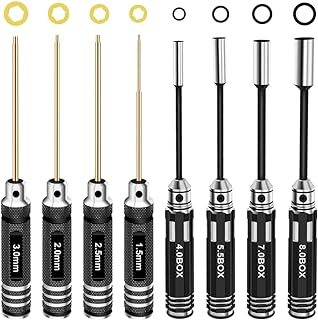What common operating faults arise in drones and quadcopters?
Drones and quadcopters have become increasingly popular in recent years, serving a wide range of purposes including aerial photography, surveillance, and even delivery services. However, like any electronic device, these unmanned aerial vehicles (UAVs) are not without their flaws. There are several common operating faults that drone and quadcopter users often encounter, which can affect the performance and safety of these devices.
Loss of control signal
One of the most common issues experienced by drone users is a loss of control signal. This can occur when the drone’s remote control and the aircraft lose connection, resulting in the drone either freezing in mid-air or falling uncontrollably to the ground. This issue can be caused by a variety of factors, such as interference from nearby electronic devices, low battery power, or even flying beyond the control range of the remote. To avoid this problem, it is recommended to fly drones in open spaces away from sources of interference and to always monitor battery levels.
GP signal loss
Another common fault that drone users encounter is GPS signal loss. Many drones and quadcopters rely on GPS signals for stabilizing their flight and maintaining position accuracy. However, in areas with poor GPS signal reception, such as densely populated urban areas or deep forests, drones may experience difficulties in maintaining their position or executing automated flight modes. It is important for users to familiarize themselves with the limitations of their drones’ GPS systems and avoid relying solely on them in areas with weak signal coverage.
Battery problems
Battery capacity and lifespan are also major concerns when it comes to drone operation. Most drones have a limited flight time due to battery constraints, typically ranging from 10 to 30 minutes. It is essential for users to keep track of their drone’s battery level during flight to avoid a sudden power outage mid-air, which can lead to a crash or loss of the drone. Moreover, battery life exponentially decreases over time due to repeated charging and discharging cycles. Regularly replacing aging batteries or investing in spare ones is crucial to ensure uninterrupted flights.
Weather conditions
Flying in adverse weather conditions is another operating fault that can cause major issues for drones and quadcopters. Strong winds, rain, or snow can severely impact the stability and control of the aircraft, leading to crashes or loss of the UAV. It is crucial for pilots to check weather forecasts and avoid flying their drones in unfavorable conditions. Special attention should also be paid to temperature extremes, as extreme cold or heat can also affect battery performance.
Crashes and accidents
Lastly, crashes and accidents are unfortunate but common incidents with drones. Inexperienced pilots or technical malfunctions can lead to collisions with obstacles, resulting in damages to the drone and potential injury to people or property. Regular maintenance and pre-flight checks are crucial to identify any potential issues in the drone’s hardware or software that could lead to unstable flights or crashes. Additionally, acquiring flying skills through practice, adhering to local drone regulations, and maintaining situational awareness are vital for safe and responsible drone operation.
In conclusion, while unmanned aerial vehicles offer exciting possibilities in various fields, they are not exempt from common operating faults. Loss of control signal, GPS signal loss, battery limitations, adverse weather conditions, and crashes are among the most prevalent issues drone users face. Being aware of these faults, taking necessary precautions, and investing time and effort into maintenance and skill development can help ensure safe and efficient drone flights.
